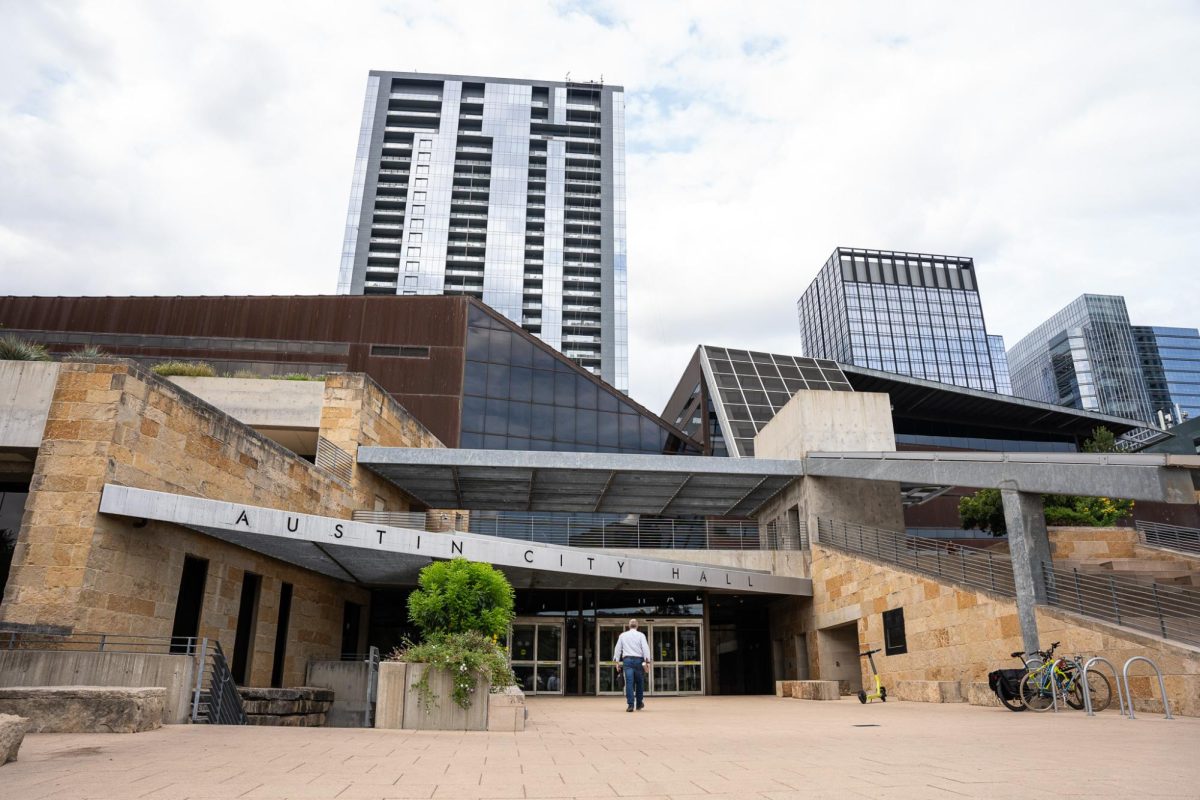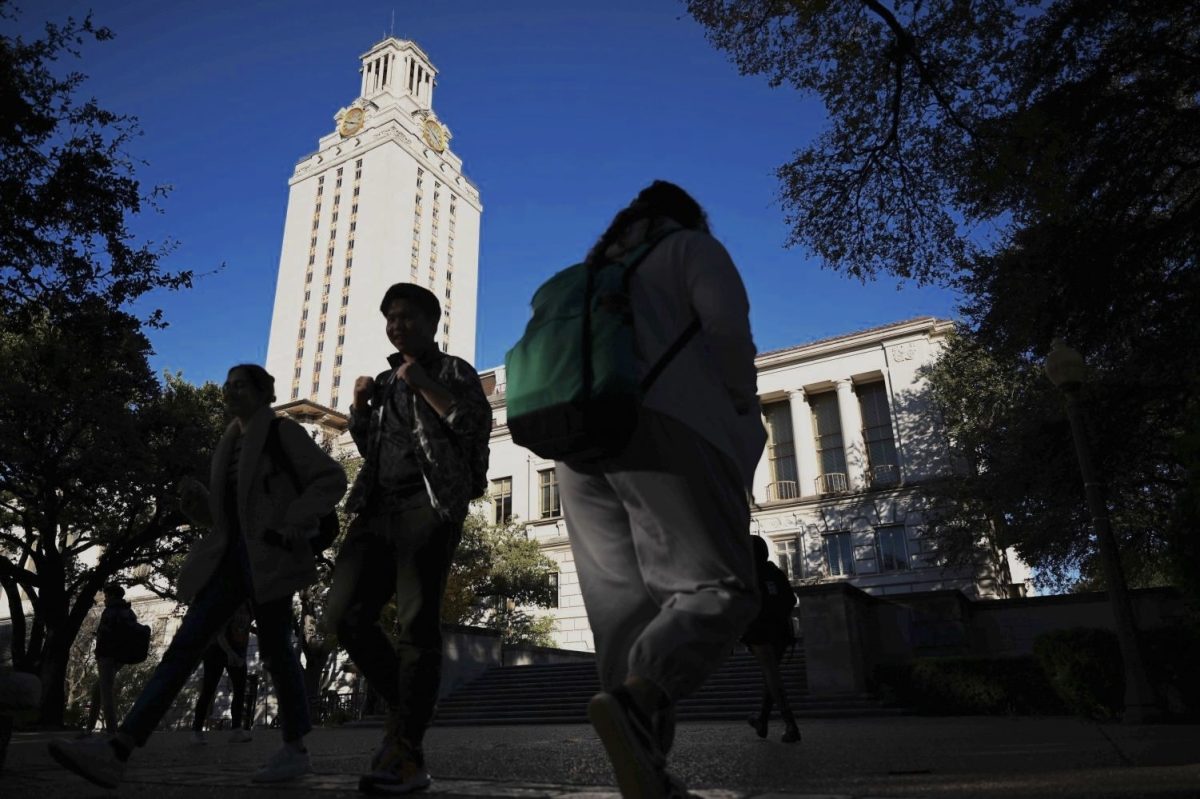Following a tropical system scare earlier this month and the destruction of Hurricane Florence in the Carolinas, Austin and Travis County officials are reassessing emergency shelter plans.
Eric Carter, Travis County’s chief emergency management coordinator, said Austin currently operates under the Capital Area Shelter Hub Plan. This plan provides shelter to both local residents and out-of-town evacuees, such as Hurricane Harvey victims a little more than a year ago.
“(The plan) was a collaboration between the city, outside counties and local school districts to basically identify and open up shelter space to handle a large influx of our fellow citizens,” Carter said.
The city can prepare for an estimated 25,000 people in need of shelter. During Hurricane Harvey, space was available for 5,000. However, the city only sheltered the approximately 800 Harvey evacuees who came to Austin, Carter said. Carter said the city is now adjusting its capacity to better match the actual numbers of evacuees they have seen in the past.
“It was a major dislocation of an urban center … and we did not see anywhere near 10,000 or 20,000 people,” Carter said. “So as city planners, we want to look at our assumptions and make sure they’re reasonable.”
Carter said localized disasters, such as small floods or apartment fires, are more likely than hurricanes and can still temporarily displace a few hundred Austin residents. Prepping for those emergencies needs to be a high priority as well, he said.
“We try to do our best ‘what ifs,’” Carter said. “But we want to make sure we have capacity to address more likely scenarios.”
Jonathan Robb, director of UT’s Office of Emergency Preparedness, said in an email the University does not have its own autonomous evacuation plan. In the event of a natural disaster or emergency evacuation, UT officials are directed to work with the city and follow their orders, Robb said.
No UT facilities are currently being used as emergency shelter locations, Carter said.
Carter said while most of the emergency shelters are in local schools, the Travis County Expo Center and the Austin Convention Center are also two viable options for future shelters.
While Austin is a little more than 100 miles inland from the Texas Gulf Coast, tropical cyclones can still be a cause for concern if they cause flooding and high rains, according to a Severe Weather report by the Office of Emergency Preparedness.
However, the region is still “an ideal area” for evacuees near the coast, Robb said.
Public relations junior Cristina Lobo-Guerrero recently helped organize a bake sale that sent funds to Hurricane Florence relief. She said it is good Austin is becoming more prepared for emergencies.
“Austin is a big city and it’s growing so much,” Lobo-Guerrero said. “It has so many open community spaces for those in need. I don’t see why we wouldn’t be a helpful hand for past and future evacuees.”





















